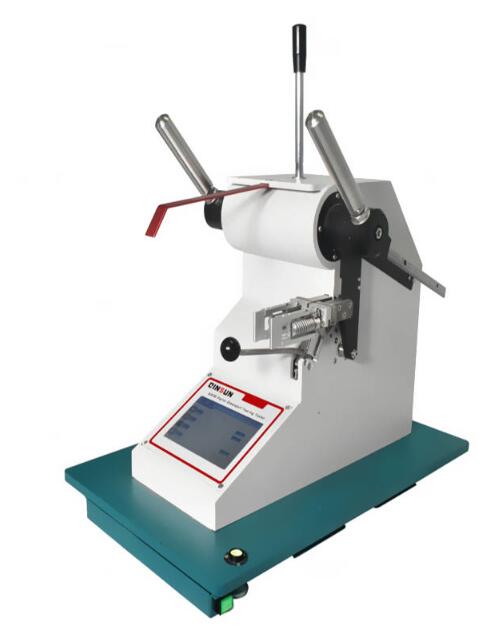Elmendorf tear strength test method and specific steps?

The Elmendorf tear strength test is a commonly used method of testing the mechanical properties of paper to measure the force required to tear the paper. The following are the specific methods and steps of the Elmendorf tear strength test:
1. Prepare the test sample: Cut out a paper sample with a length and width of 80 mm from the paper to be tested, and remove any burrs or defects on the paper.

2. Place the sample: Place the paper sample on a level surface and make sure it is not crushed or curled on all sides.
3. Notch: Using a standard notch tool, cut a 20mm long transverse incision at the center of the sample.
4. Position the sample: place the center of the incision on a filament, and clamp the ends of the filament to allow the sample to hang from the filament.
5. Test instrument operation: Fix a power-assisted pendulum at a certain height, then release the power-assisted pendulum, let it fall freely, and tear the paper sample. The weight and drop height of the booster pendulum are standardized to ensure test repeatability.
6. Record the results: Repeat the above test, conduct multiple tests, and record the tear strength value of each test. Typically, average values are used when reporting results.
It is important to note that the results of the Elmendorf tear strength test can be affected by a number of factors, including the thickness of the paper, the humidity of the paper, the length and location of the incision, etc. Therefore, when testing, strict adherence to standard operating procedures is required and the testing conditions are as consistent as possible.
2023-06-06 10:14

